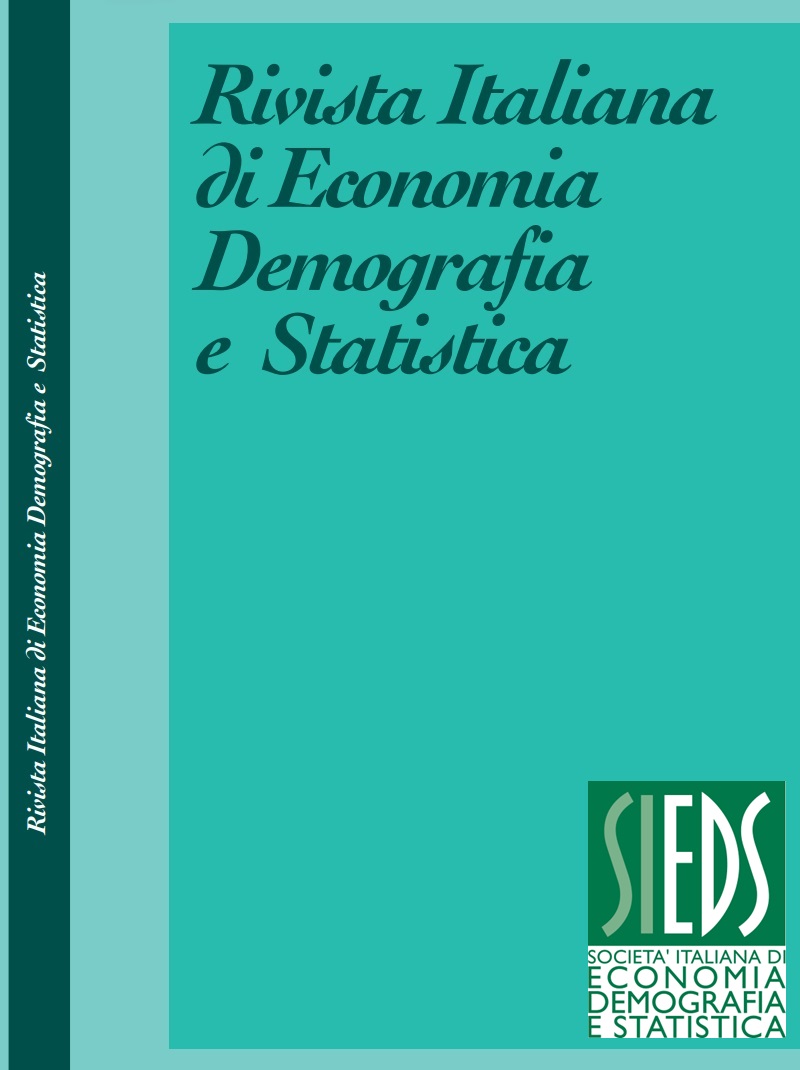Poverty in Italy’s inland areas
Abstract
The official estimates of poverty among Italian families mostly use the results of sample surveys, so they do not go beyond the regional detail as regards the incidence of relative poverty and the risk of poverty-only and stop at the level of breakdown by estimates relating to absolute poverty. A significant part of the inland areas has gradually undergone a process of marginalization marked by depopulation since the Second World War, an aging population, a decrease in the qualitative and quantitative level of essential services, a weakening of the training offer and degradation of the natural and cultural heritage, also favoring hydro-geological instability. This study aims to estimate the incidence of poverty in inland areas using a statistical source, the Integrated Archive of Economic and Demographic Microdata (ARCHIMEDE) project, made available by Istat. This study shows that the integration and use of administrative sources for statistical purposes allows the analysis of particularly fine estimation domains and the analysis on a municipal basis allows, in fact, to highlight the strong territorial variability. In terms of absolute poverty and risk of poverty-only, the North-South dualism is confirmed. Absolute poverty is not an exclusive feature of Inland Areas, but it is particularly present in highly urbanized Centers and the risk of poverty-only increases moving towards Inland Areas.
Downloads
Published
Issue
Section
License
Copyright (c) 2022 Antonella Bianchino, Monica Carbonara, Agata Maria Madia Carucci, Domenico Tebala

This work is licensed under a Creative Commons Attribution 4.0 International License.



